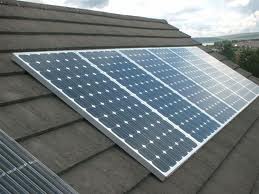Governor Perry has signed into law several pieces of energy efficiency legislation. These include:
- SB 1125 – changes how we measure our progress on energy efficiency from a percentage of growth in energy consumption to a percentage of peak energy usage. Allows for greater demand side management (DSM) by allowing loads to participate in the daily balancing energy market. It also creates new efficiency programs and standardized forms and reporting for progress.
- SB 898 – requires a 50% reduction in energy consumption (5% per year for 10 years) by all political subdivisions, schools, and state agencies.
- SB 924 – requires municipal utilities and large co-ops to report their energy saving programs and results
- HB 2077 – allows certain nonprofit organizations and churches to have access to the LoanStar revolving loan program to install energy efficiency measures and renewable energy.
- HB 1728 – allows schools to enter into more flexible energy saving performance contracts
Public Citizen worked on all of these during the regular session, along with Businesses for an Energy Efficient Texas coalition (BEET). These new laws will help Texas be more competitive, create jobs, save taxpayer dollars and provide environmental benefits that improve air quality and reduce fresh water consumption. They will also help schools reduce their energy costs, making more money available for the classrooms.
Senator Carona, when asked about energy efficiency this past Legislative Session said, “Capturing more energy and associated economic savings for Texas taxpayers and businesses is a priority – especially with the challenges Texas and Texans face with the economy today.”
The Texas legislature should be applauded for their leadership in improving the state’s laws to help Texans be more energy efficient.





